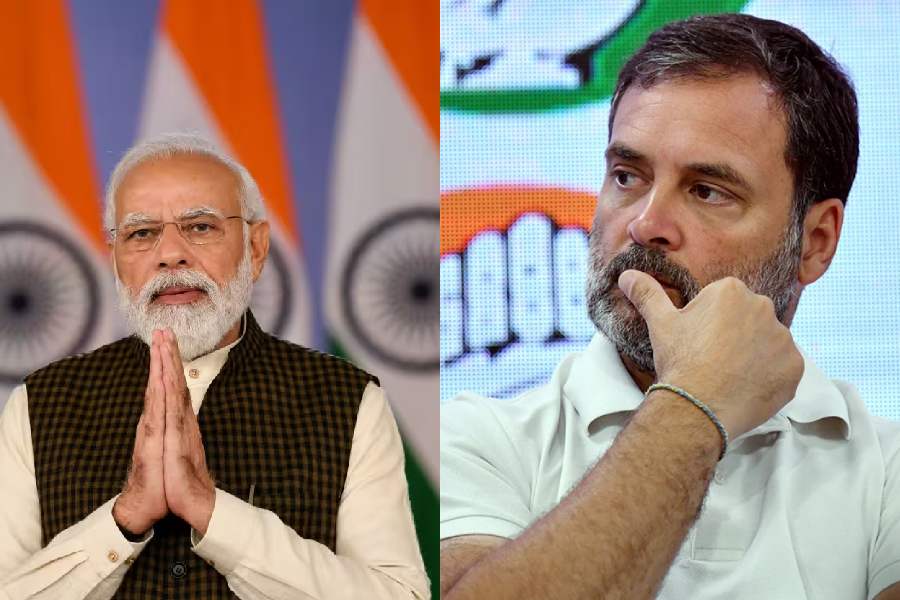Passions seldom rise above partisanship among members of parliament in India. But one subject that recently united diverse MPs during Question Hour in the Rajya Sabha, and provoked an even rarer exercise of wit, was the great Indian habit of spitting in public places. Together with elephants, maharajas and snake charmers, a propensity for the unthinking emission of bodily fluids in public - most often by men, usually with panache, and not just from the oral orifice - has become part of what the world has come to expect from the experience of Incredible India; and unlike the first three, with some justification. "Sir, India is a spitting country," one MP has memorably brought to the notice of the Union minister of health and family welfare, "We spit when we are bored; we spit when we are tired; we spit when we are angry or we spit just like that." The lack of patriotic pride in such an eloquent use of the first person plural may have reassured some in the Upper House. But it was a feeling of helplessness that seemed to unite most in this instance, eliciting from the minister being addressed the rather feeble promise of an "advisory" to various states on a ban on spitting .
The prospect of this advisory being any more effective than before continues to be rather bleak. Most municipal laws across the country already prohibit spitting and prescribe penalties. But the habit is so ubiquitous, and so resistant to civilizing or punitive campaigns, that it has survived the harshest of colonial and postcolonial measures. Spitting has turned out to be one of those levelling bodily reflexes that unite keepers and breakers of these laws alike, inspiring at best an amused sense of shared Indianness that Britons would feel while talking about the weather not so long ago, before multiculturalism made small talk a little less effortless. So, it must have been more with a feeling of resignation than inspired inventiveness that the Calcutta Port Trust came up, a few years ago, with the idea of protecting the venerable steel hangers of the Howrah Bridge with hoods made of fibre-glass from the paan-and-gutkha-laced spit of thousands of pedestrians who cross it every day. The combination of slaked lime, catechu, tannin and saliva turned out to be far too corrosive to be taken casually, turning the bridge into a potentially self-consuming artefact. Similarly, the walls, corners and landings of public buildings are adorned with drips and spurts of this organic medium, producing a peculiarly Indian form of Abstract Expressionist art that has proven to be much easier to conserve than the Ajanta murals, while providing a wider and more democratic range of sensory delectation than the latter.
At the core of this national aesthetic are the paradoxes of Indian notions of health, hygiene and purity. Dire medical warnings, complex religious taboos and humiliating threats of public shaming have failed to dissuade the average Indian from using the nation's public spaces for the discharge of bodily emissions with a blissful disregard that is inversely proportional to the care with which he - yes, this does remain a gendered habit - would preserve the purity of his private spaces and person. This is, indeed, a sad (and dirty) price to pay for a rare moment of parliamentary unity.










